The Beautiful Pilgrimage Route of Jeonju (Course 1: Pungnammun Gate~Songgwangsa Temple)
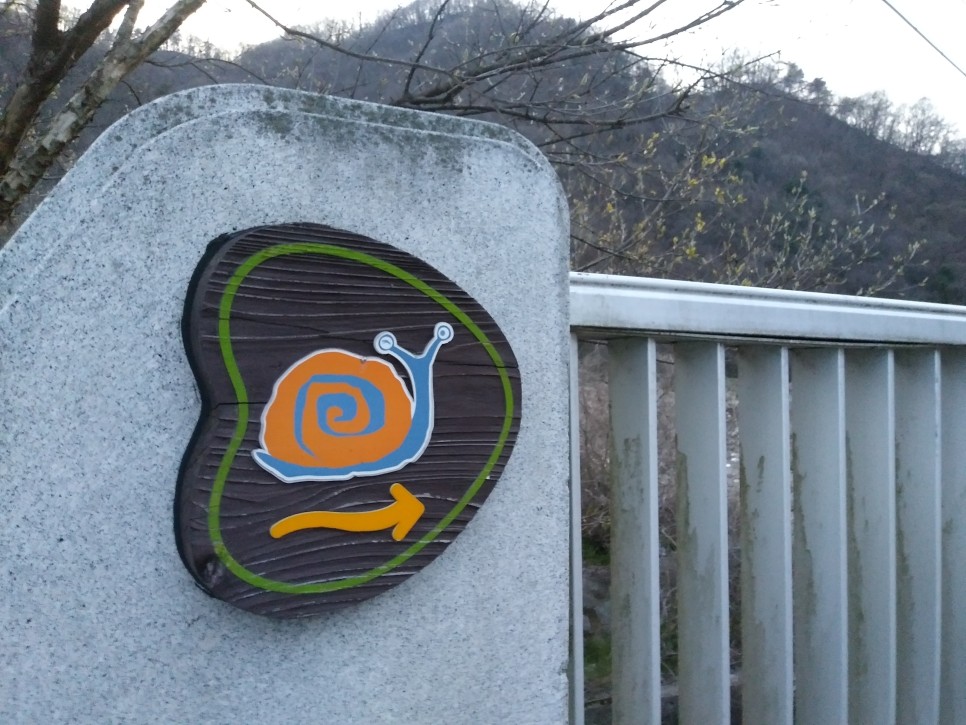
Did you know that Jeonju has a pilgrimage route like Camino de Santiago?

The “Beautiful Pilgrimage Route” (‘Areumdaun Soonryegil’ in Korean) is a result of collaboration among the local religions, including Protestant Church, Buddhism, Won-Buddhism, Catholic Church, Confucianism, and Cheondoism. The religions chipped in their historic and cultural resources to install the pilgrimage route of 240kms in total, cutting through Jeonju, Iksan, Wanju, and Gimje. This post will introduce the Course 1, which starts at the Pungnammun Gate in Jeonju and ends at the Songgwangsa Temple in Wanju. It takes approximately 7~8 hours to walk the full course.
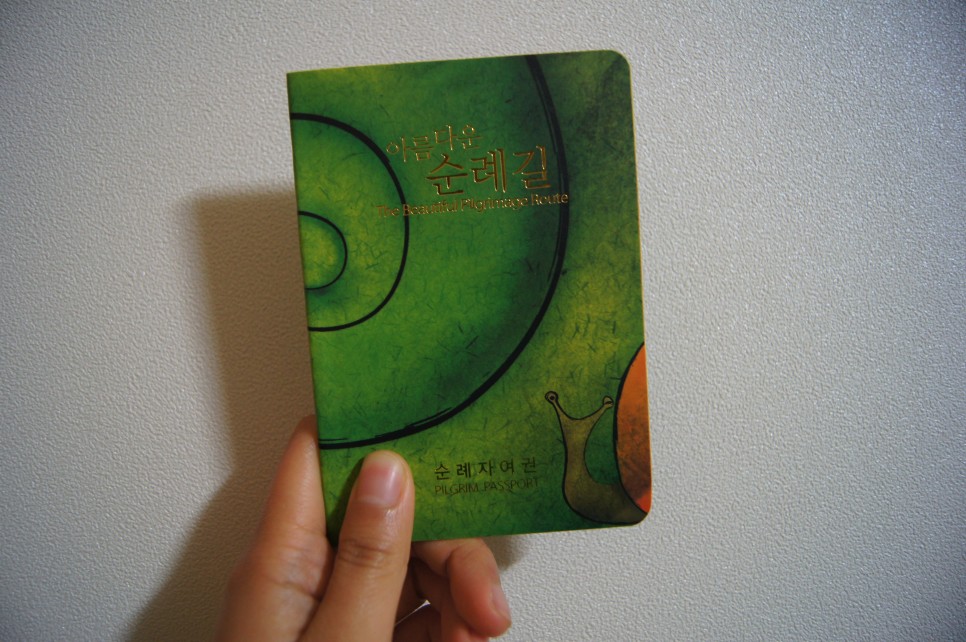
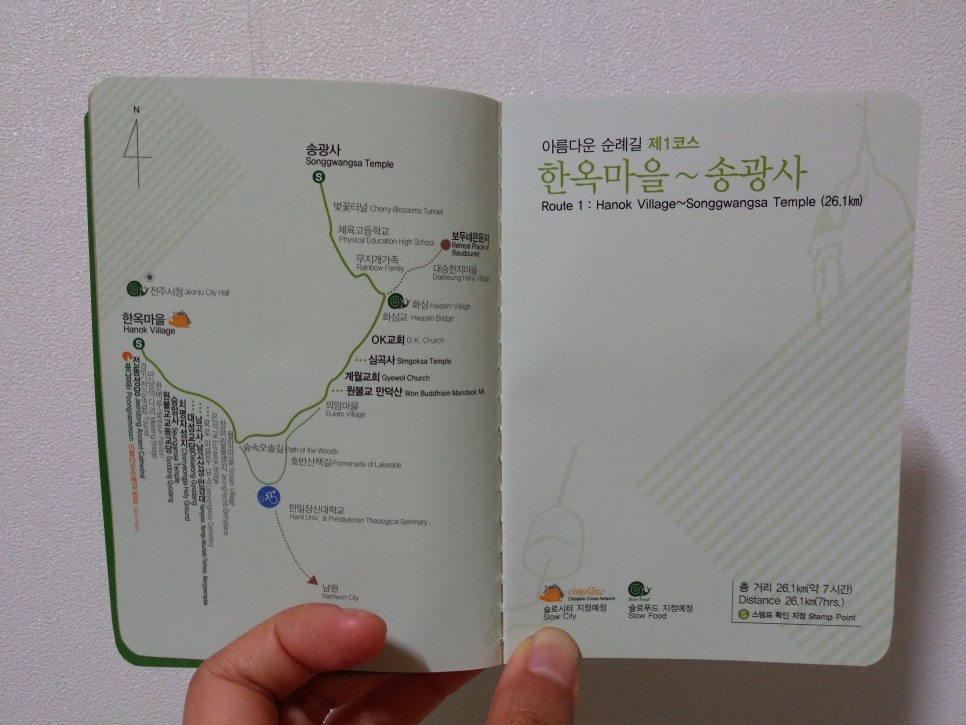
This snail is the mascot of the Beautiful Pilgrimage Route. Its name is Nubagi, and it’ll guide you throughout the pilgrimage course.
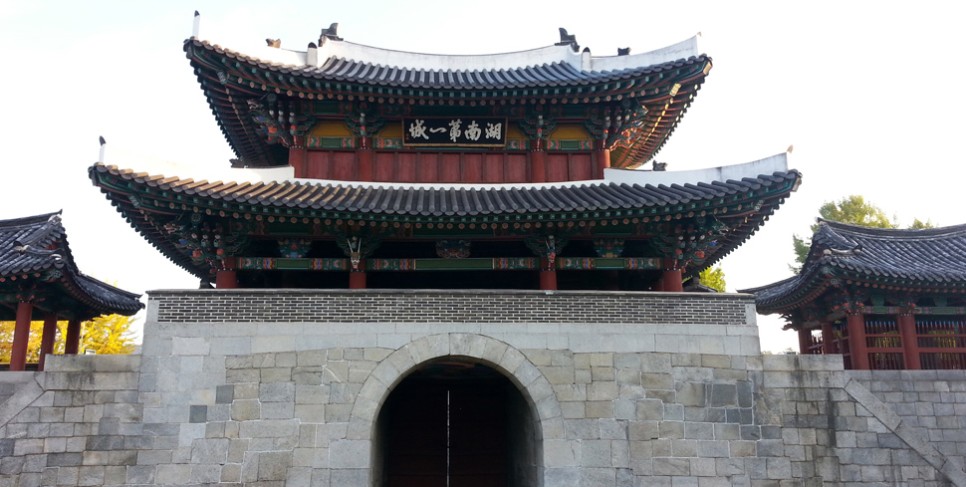
If you like to collect stamp, there’s also the Beautiful Pilgrimage Route passport. You can find it at the World Religious Peace Committee (address: Room 201, Jeonju Sports Complex). The starting point of the pilgrimage route is the Pungnammun Gate.

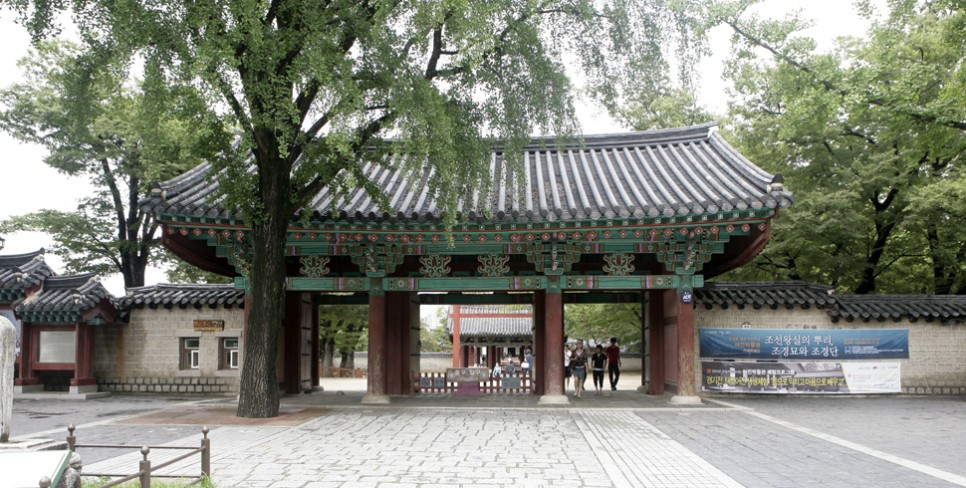
From the Pungnammun Gate, Jeonju Hanok Village is only a short walk away. At the beginning of the Hanok Village is the Gyeonggijeon Palace and Jeondong Cathedral. Built over a century ago, Jeondong Cathedral is built upon the first Catholic martyrdom site of Korea. The Gyeonggijeon Palace is built in 1410 to enshrine the portrait of Taejo, the founder of the Joseon Dynasty.

Walk past the Gyeonggijeon Palace and Jeondong Cathedral and continue along the Jeonjuchun River. I came across the Hanbyeokdang Pavilion, built on the rocky cliff overlooking the river. In the past, this pavilion was frequented by poets and writers, for its magnificent view inspired artistic creativity.

Walk along the narrow pathway right to the pavilion is Jeonju Ecomuseum. This route leads to Chimyungjasan (Martyr’s Mountain Shrine).
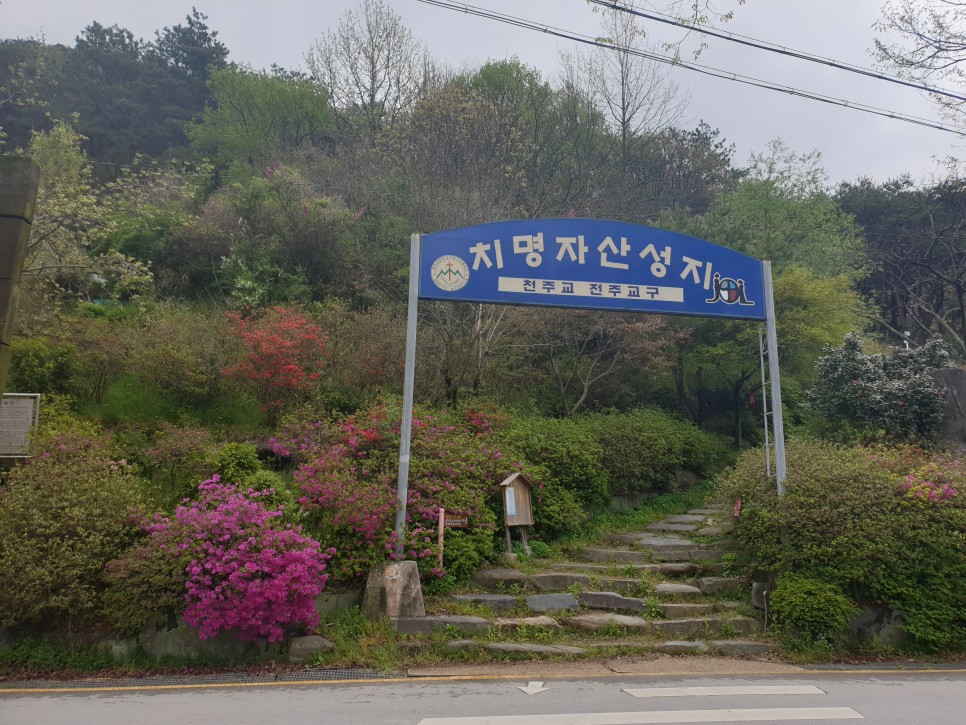
The seven Catholic martyrs of 1801 are buried at Chimyungjasan. The trail is a good walking route for people of all religions.
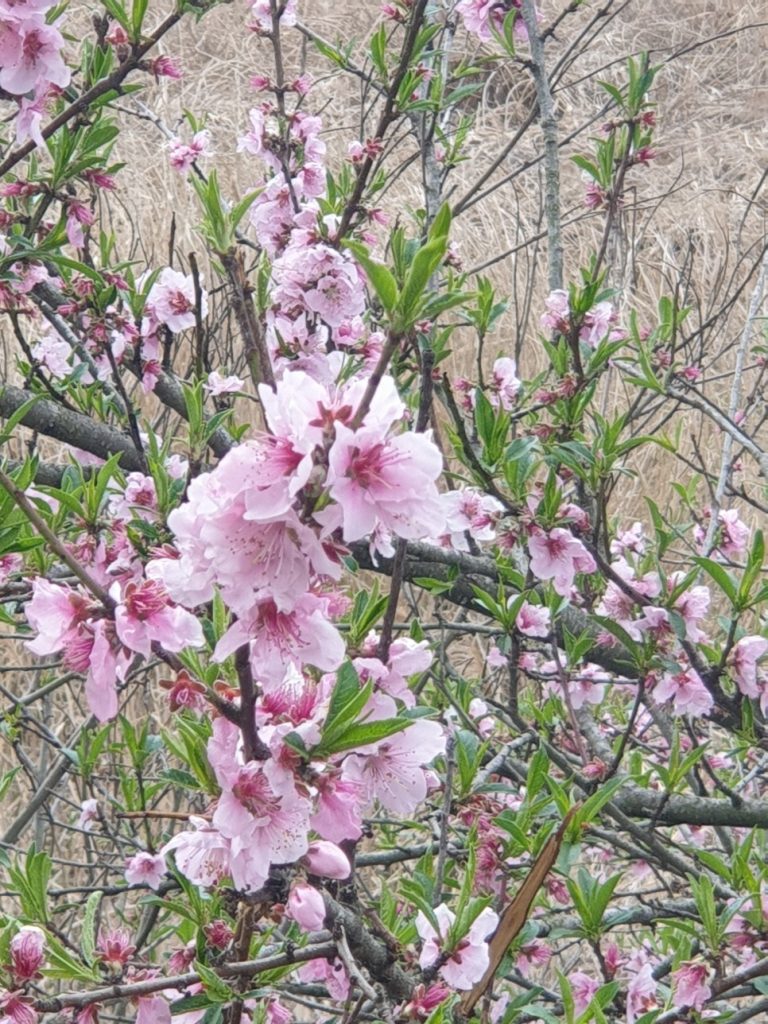
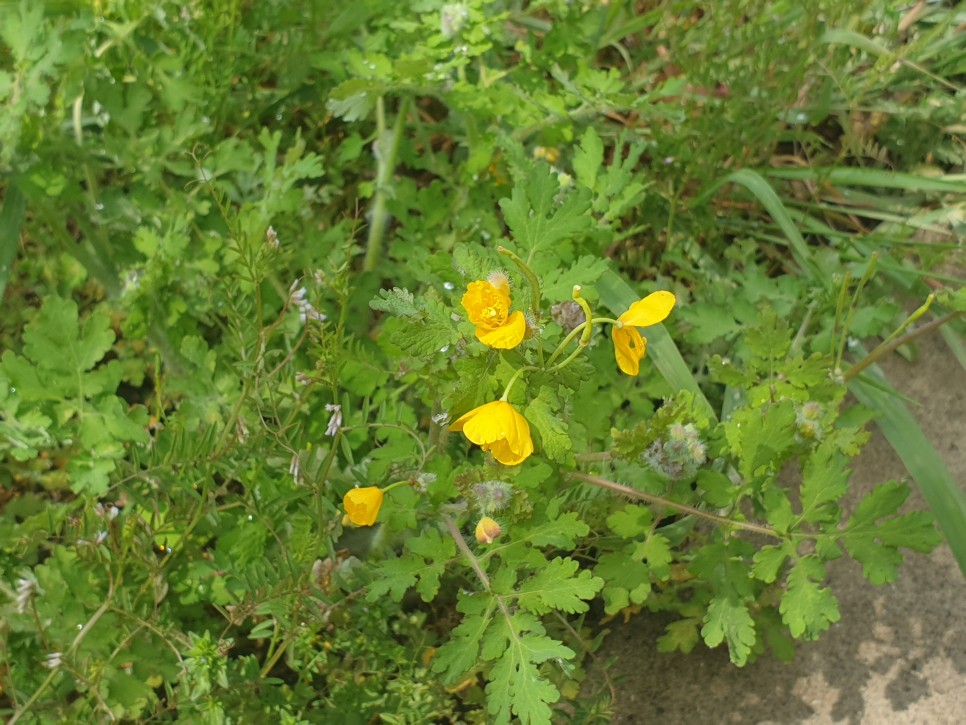
Different spring flowers are blooming along the trail. The mountains are turning greener.
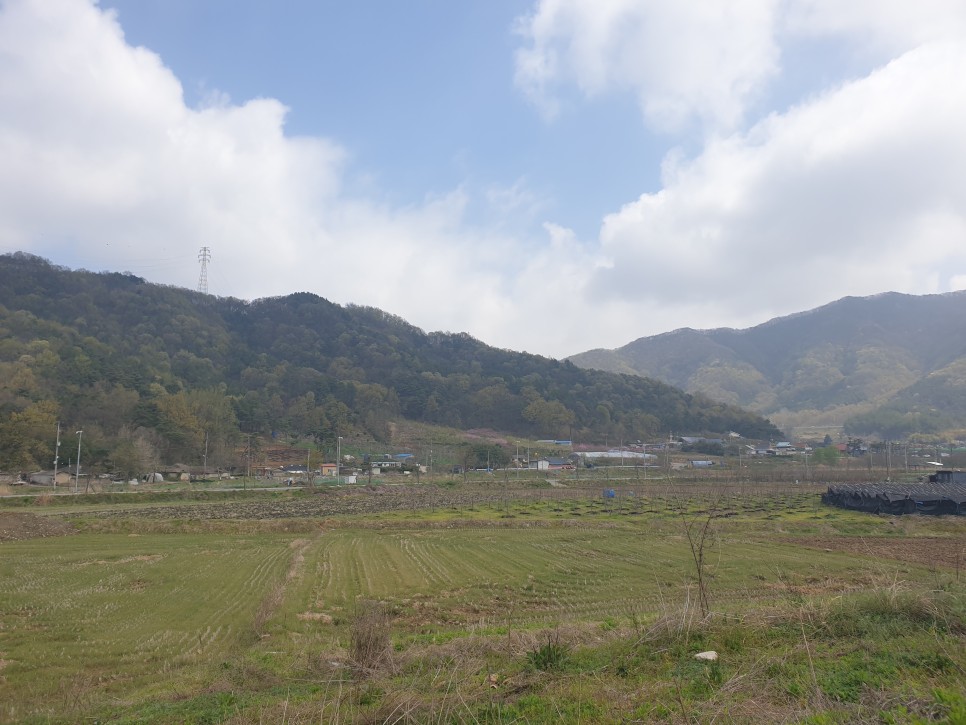
Suddenly, I found myself leaving Jeonju and entering Wanju. I came across a peculiar structure.
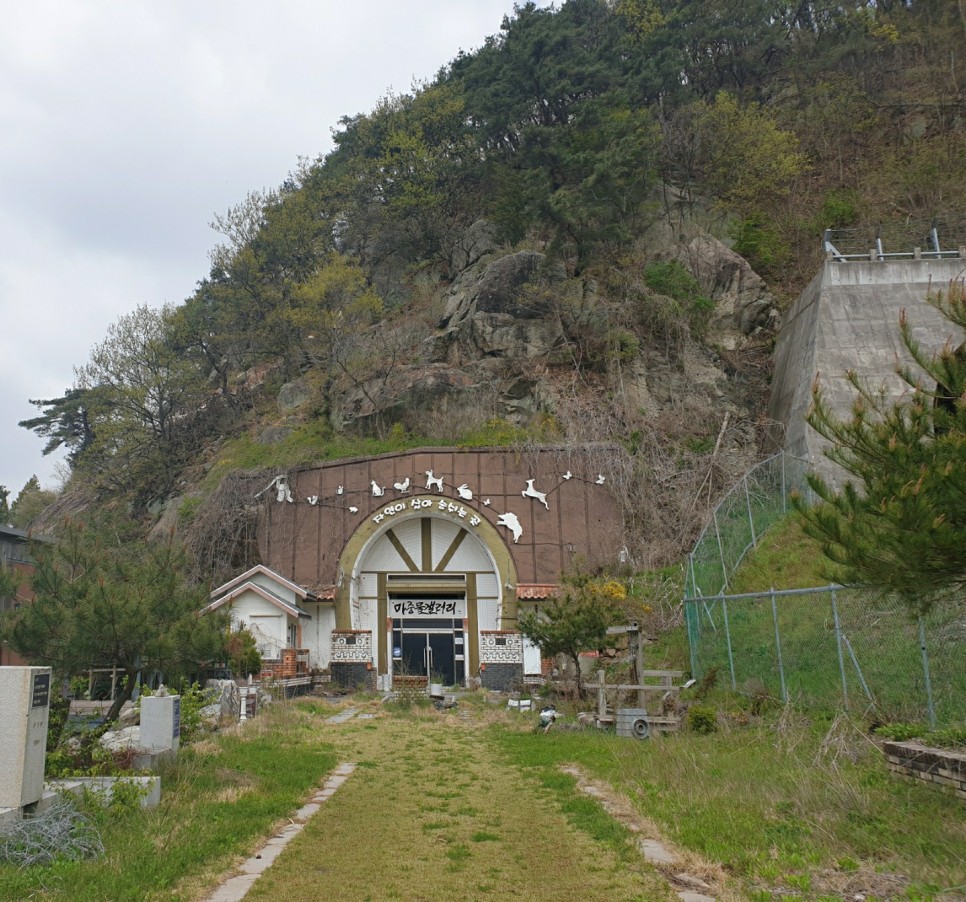
This is the Majungmul Gallery, which used to be a train tunnel. However, as of now, the gallery is closed.
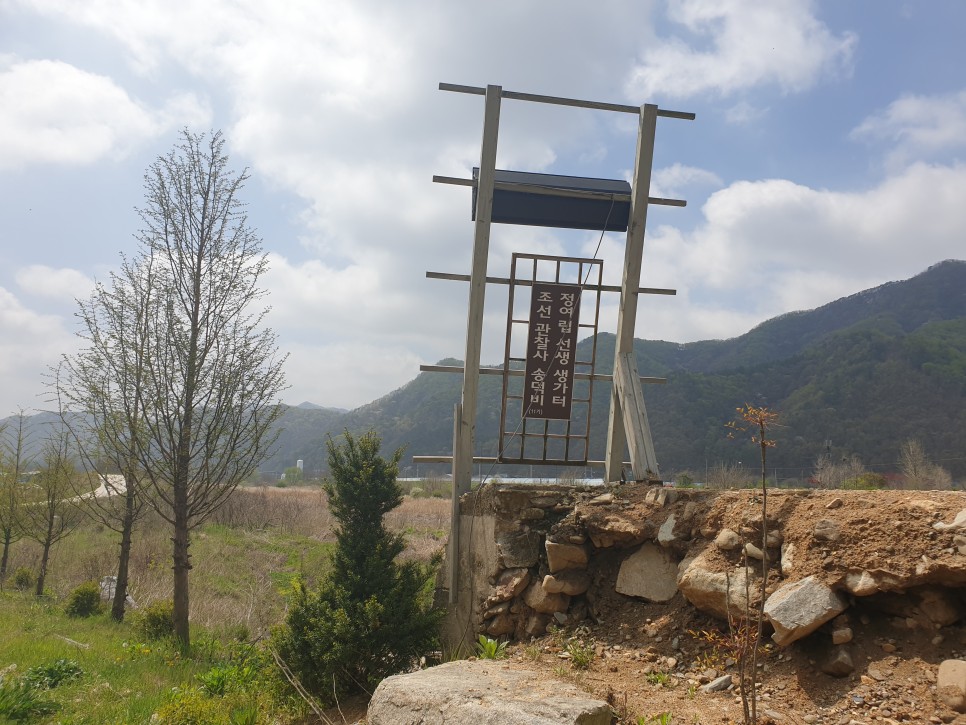
Not far from the gallery is the birthplace of Jeong Yeo-rip, a controversial figure of the Joseon Dynasty. He was a revolutionary Confucian scholar and politician for preaching equality among people, but was executed for treason.
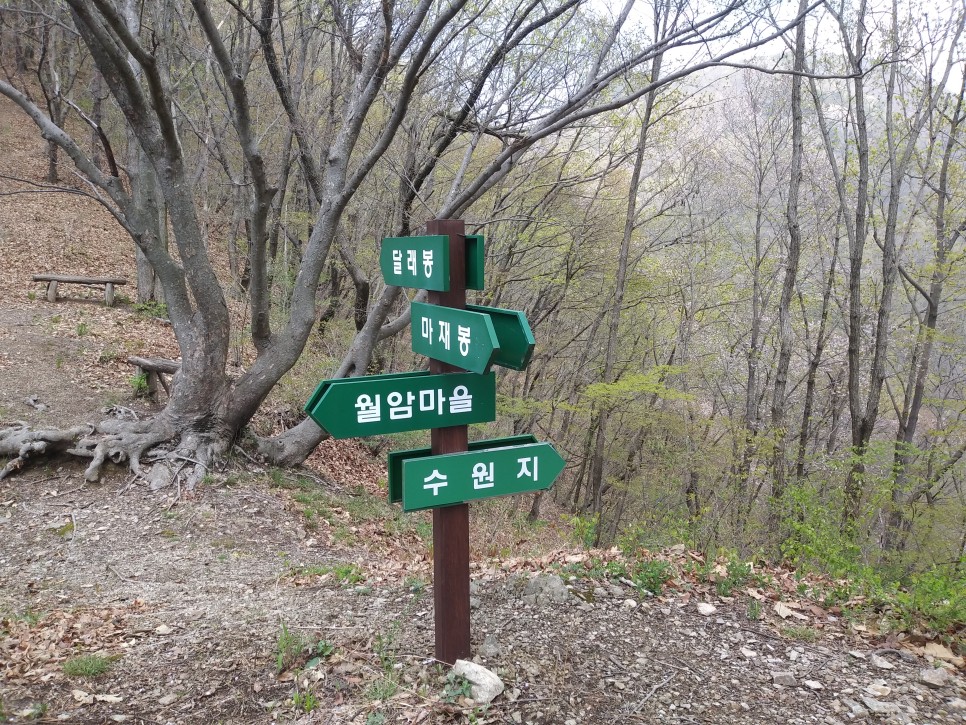
I followed the snail sign into the forest. I walked towards the reservoir. It took about three hours to get here from the Pungnammun Gate.
The cherry blossom was still blooming. I could only hear the birds chirping, stream flowing, and leaves dancing in the wind. I could calmly reflect upon my thoughts while walking. It was so relaxing.
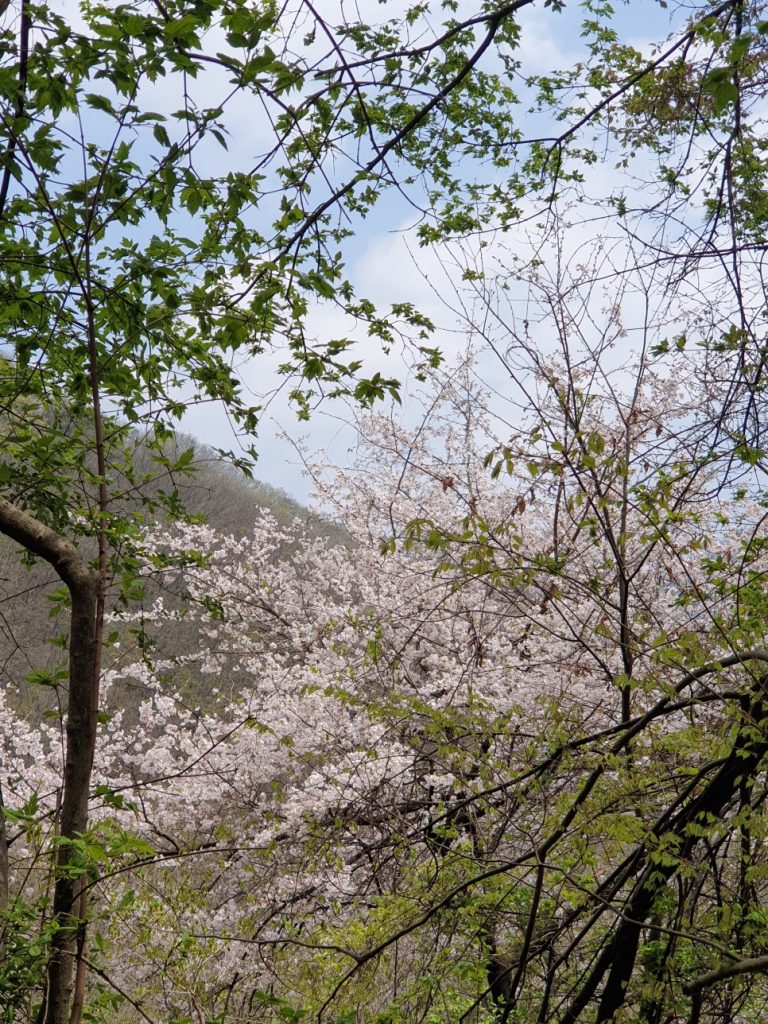
I came across the Sanggwan Reservoir. I kept walking along the reservoir past a pavilion.
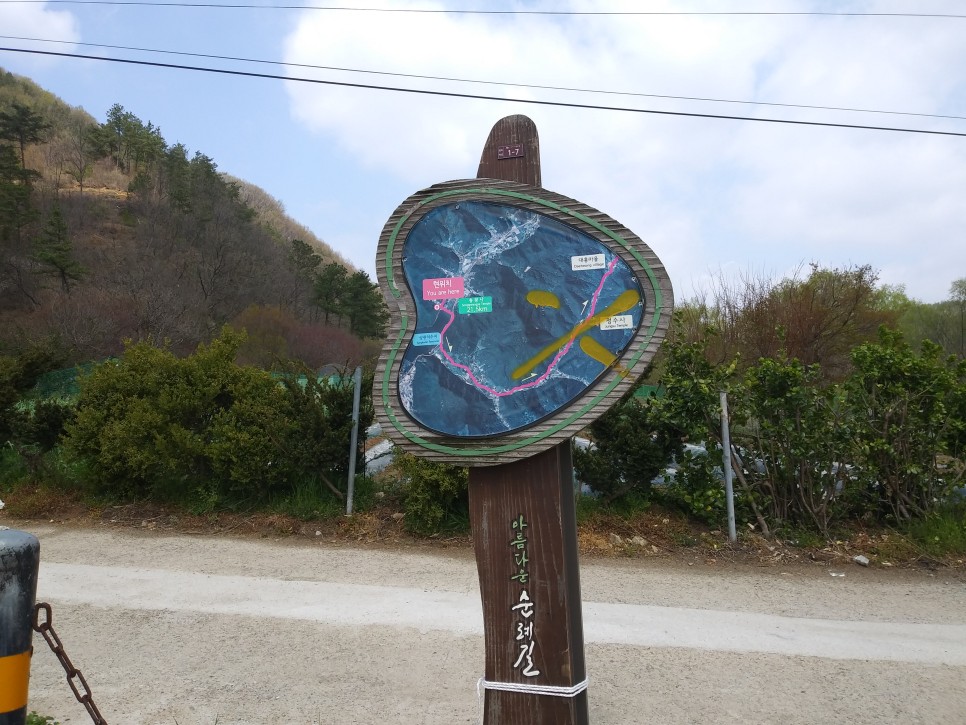
At the end of the trail surrounding the reservoir is the signpost. The pink line denotes the pilgrimage route, but someone marked yellow X. I stayed on the route ignoring the yellow X, but I was eventually stopped by the no entry sign.
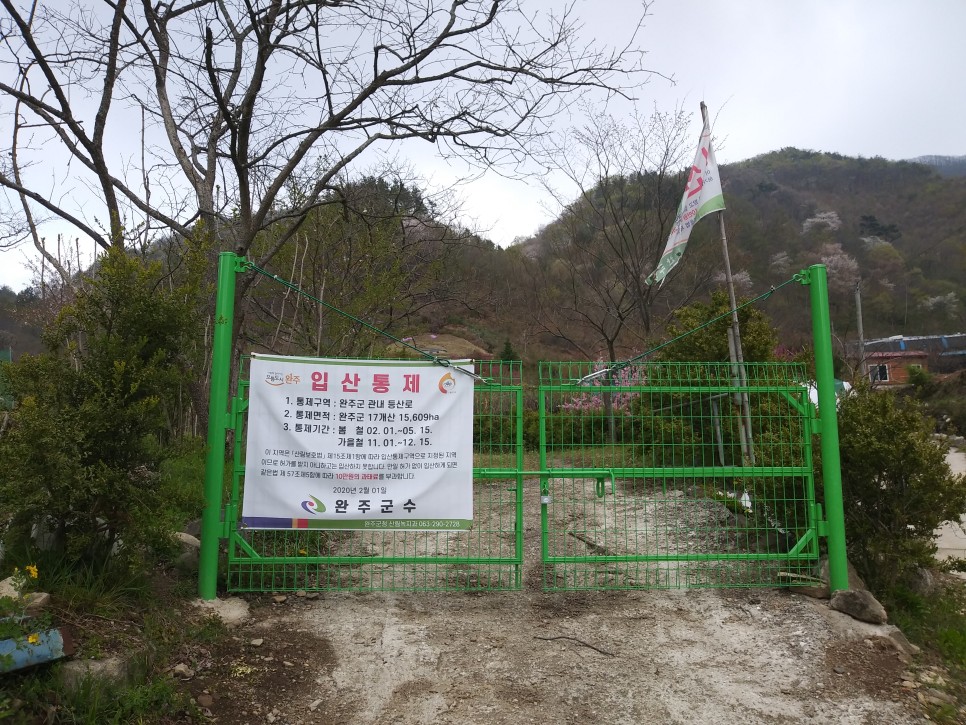
It turns out that the pilgrimage Course 1, originally leading to the Songgwangsa Temple, has changed. The current course passes a mountain, so it might be wiser to prepare for some hiking.
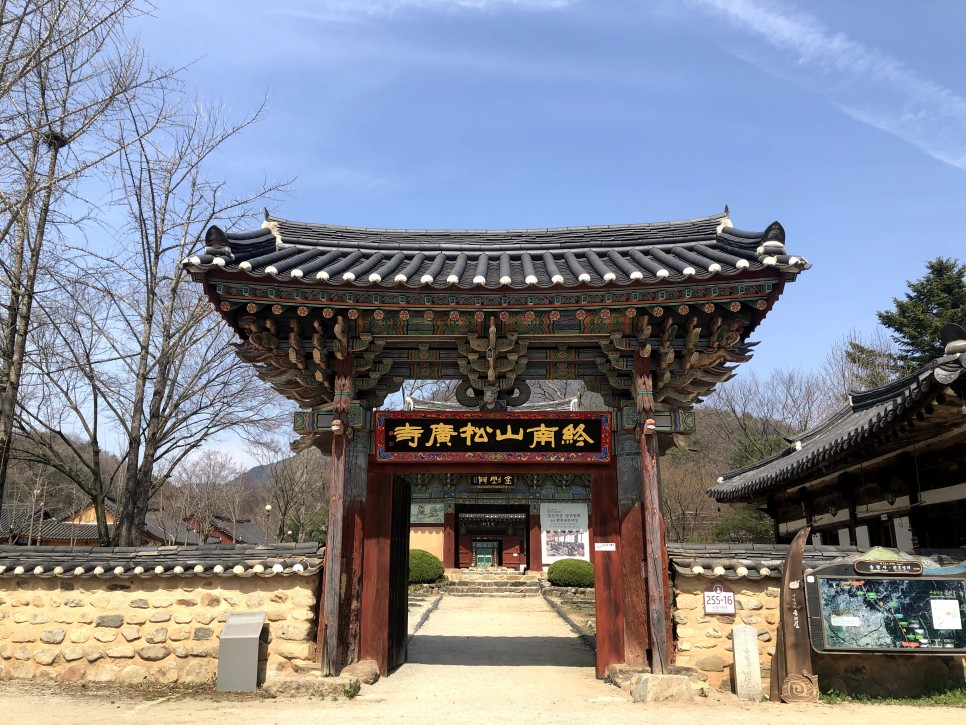
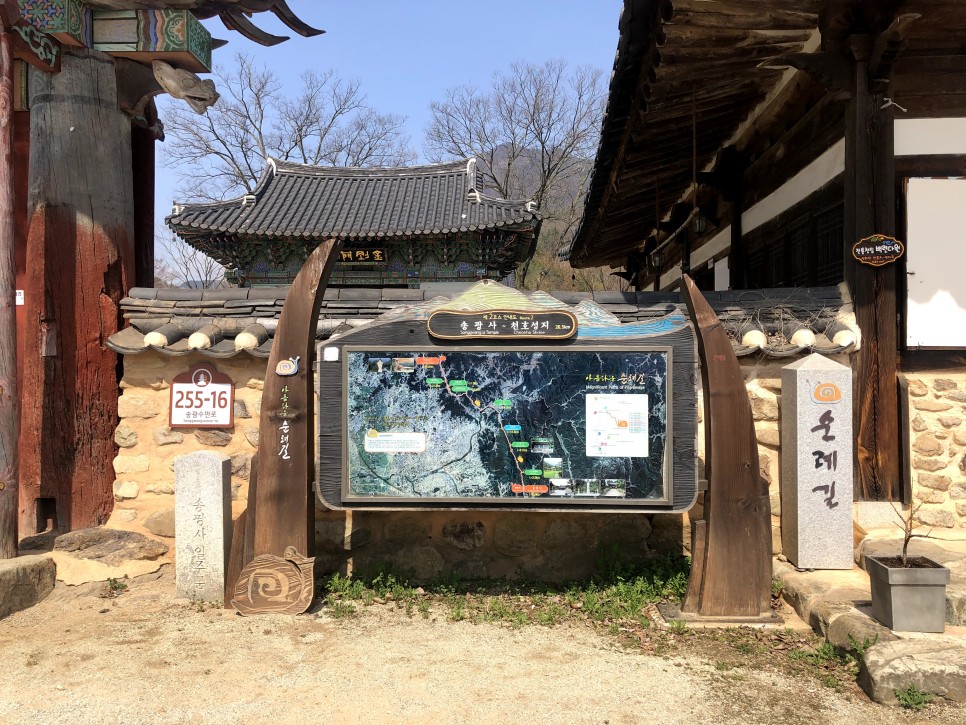


On the other day, I tried to walk the pilgrimage Course 1 in the reverse route. However, it was difficult to figure out the reversed direction of the snail sign. If you walk the Beautiful Pilgrimage Route’s Course 1, I recommend starting at the Pungnammun Gate, wearing hiking shoes, and carrying plenty of food and water. Lastly, I wish safe and memorable walk for all the pilgrims.



9 Comments